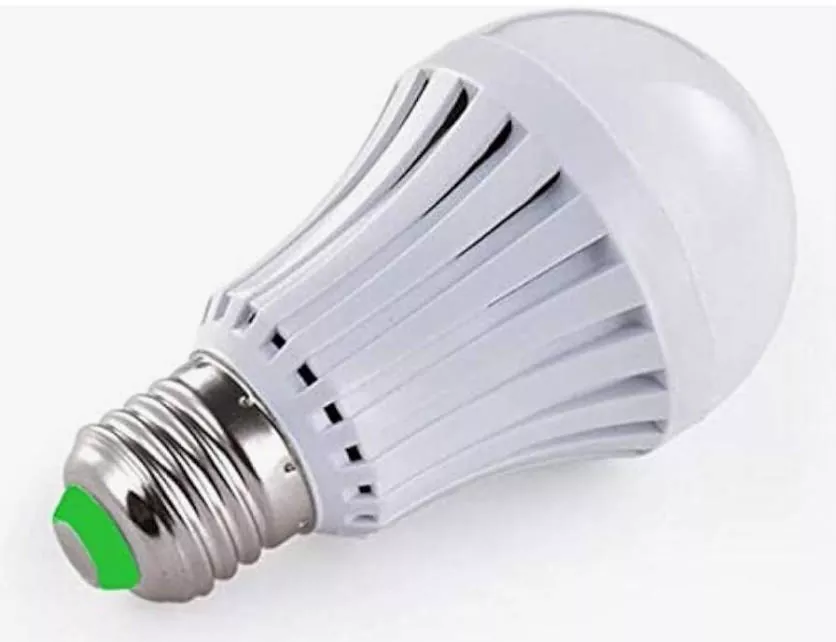Traditional light bulbs and LEDs, such as incandescent bulbs or fluorescent bulbs, differ in a variety of ways.

1.Energy Efficiency:
LED bulbs use less energy than traditionalcounterparts that use much less electricity to produce the same amount of illumination
– resulting in lower electricity bills for homeowners and cost savings.
2.Lifespan:
LED light bulbs have a significantly longer lifespan than conventional bulbs. Traditional bulbs last for up to 1500-50,00 hours, whereas LED bulbs could last as long as 15,000-50,00.
3.Heat Generation:
Traditional bulbs generate significant heat when producing light. LED bulbs generateonly small amounts of heat. This makes LEDs more secure to handle and lowers risks of fire inside enclosed fixtures.
4.Size and Design:
LED bulbs are generally smaller and less bulky compared to their conventional counterparts which gives more options in terms of lighting fixture design as well as placement.
5.Instantaneous Lighting:
LED bulbs offer immediate lighting once switched on, unlike some traditional bulbs such as fluorescents that may take time to reach full brightness.
Color Options for Temperature
LED bulbs provide a range of colors from warm white to cool white, enabling users to customize the mood of their room as they wish. The traditional bulbs typically emit a set color, based on their design.
7.Environmental Impact:
LED bulbs are considered more eco-friendly than their traditional counterparts because of their lower energy usage, longer lasting and absence of harmful substances like mercury. All factors which are present in fluorescent bulbs but missing when using LEDs.
LED lamps provide significant advantages when compared to conventional bulbs when it comes to energy efficiency, lifespan, safety, as well as environmental impact. Although the initial costs might be higher, their long-term benefits often outweigh these initial expenses.



